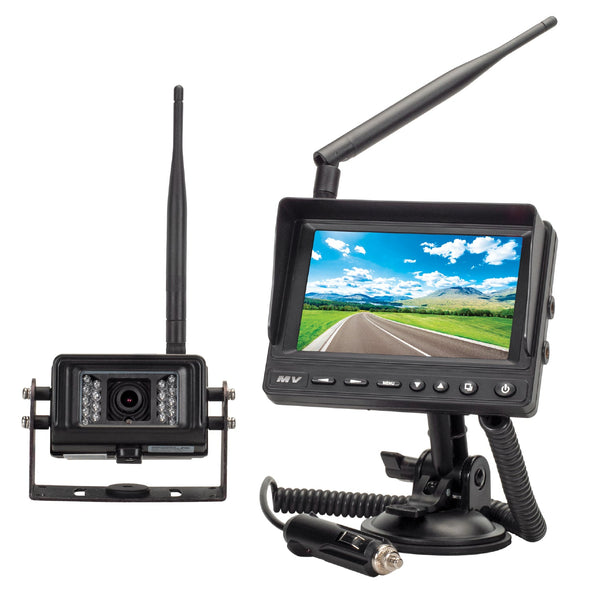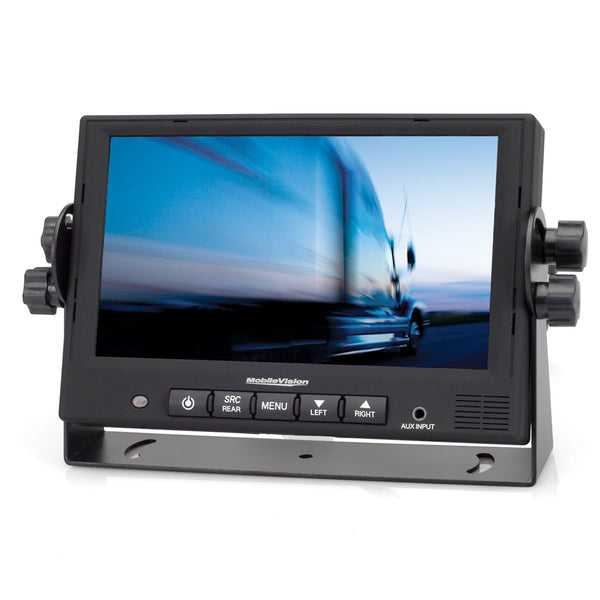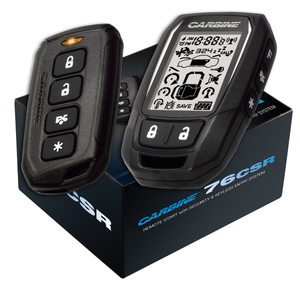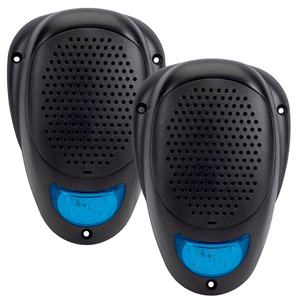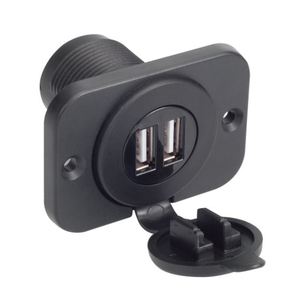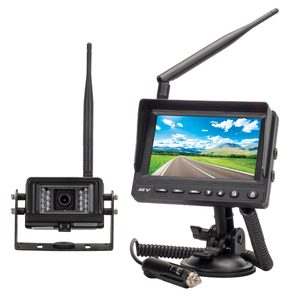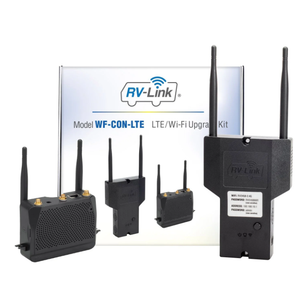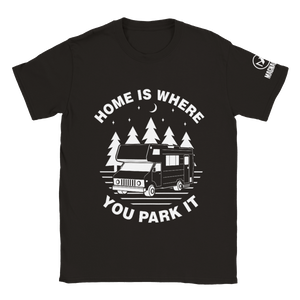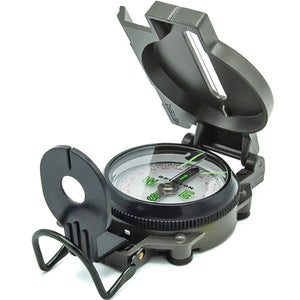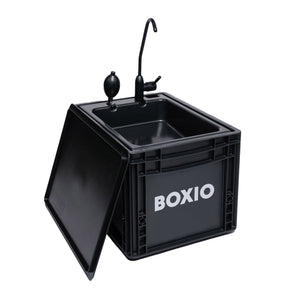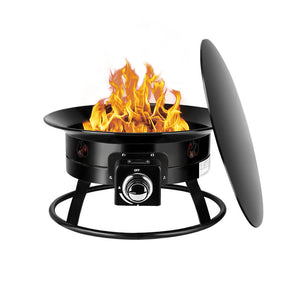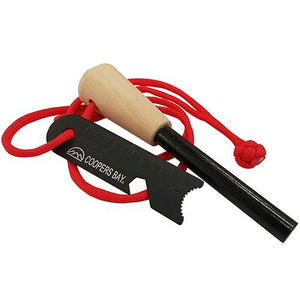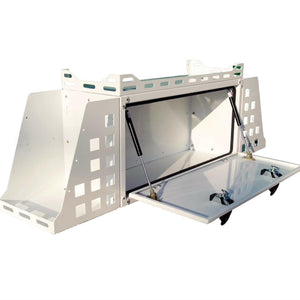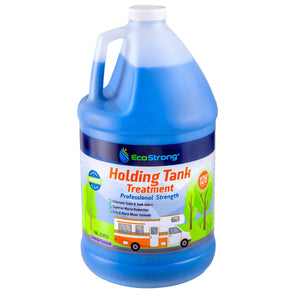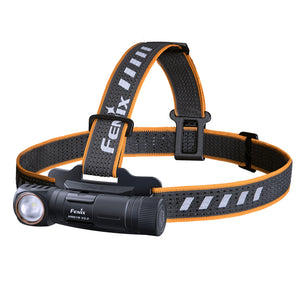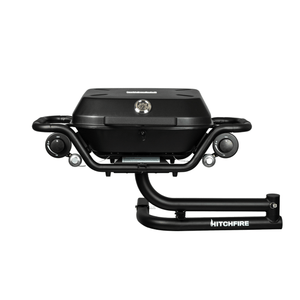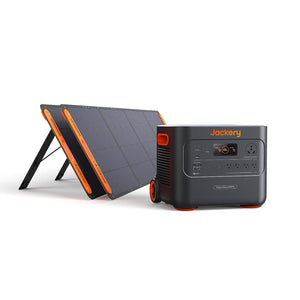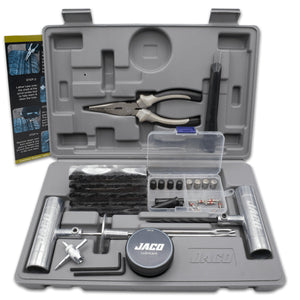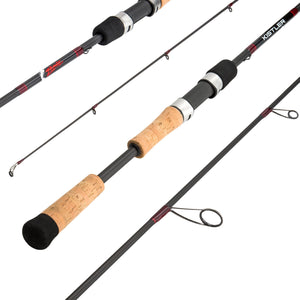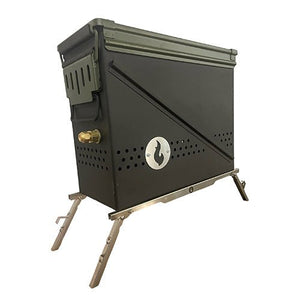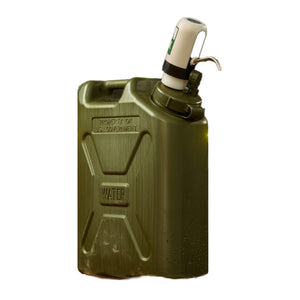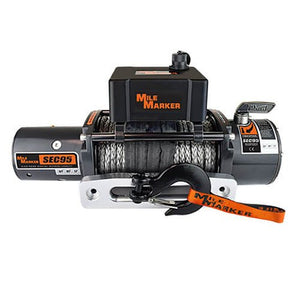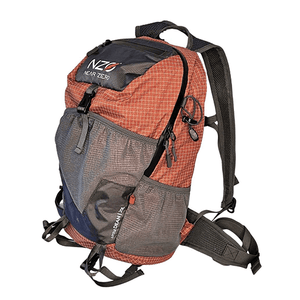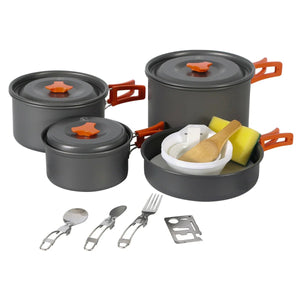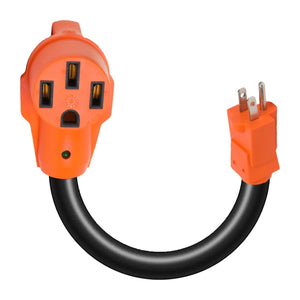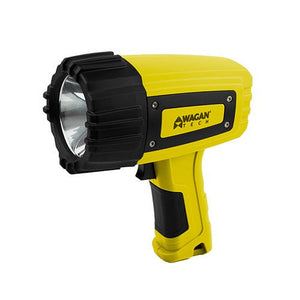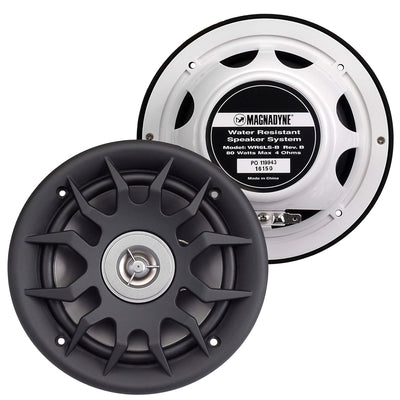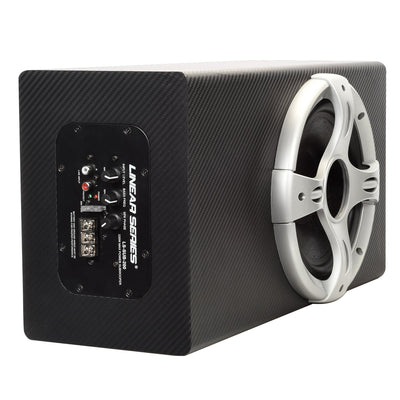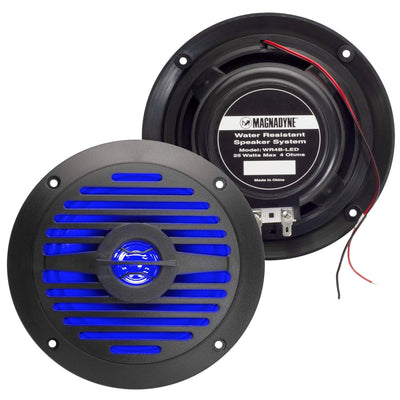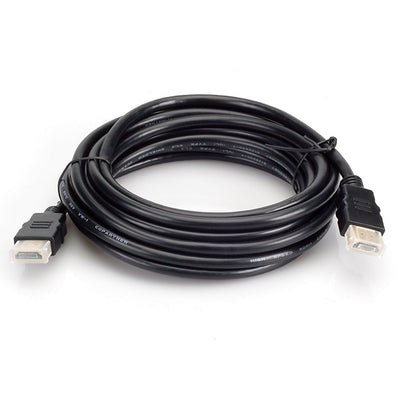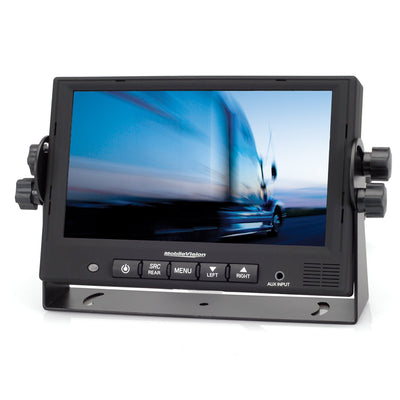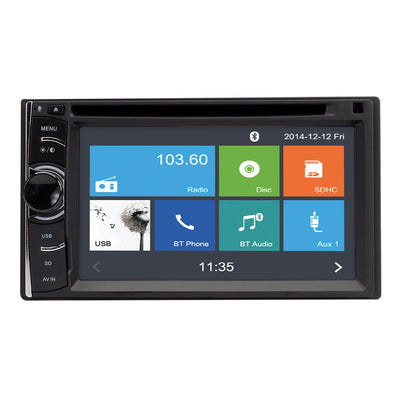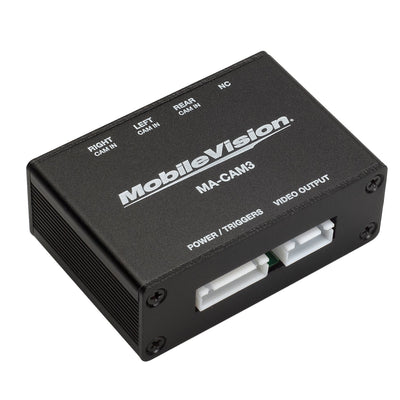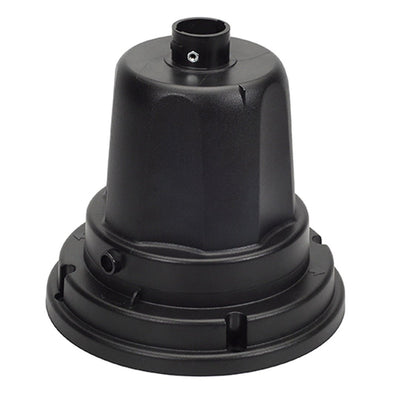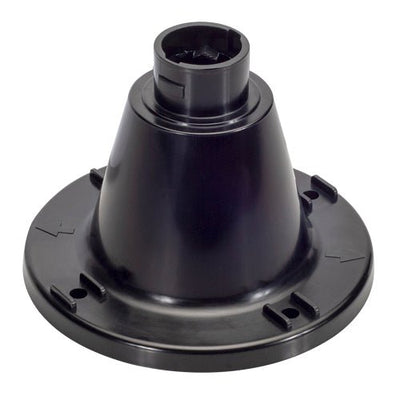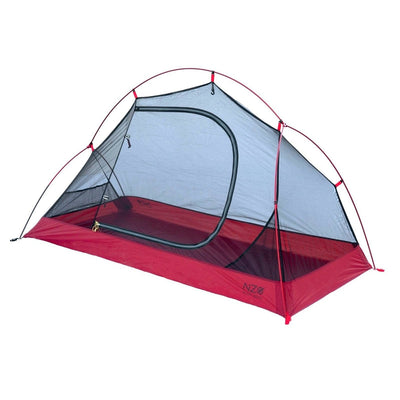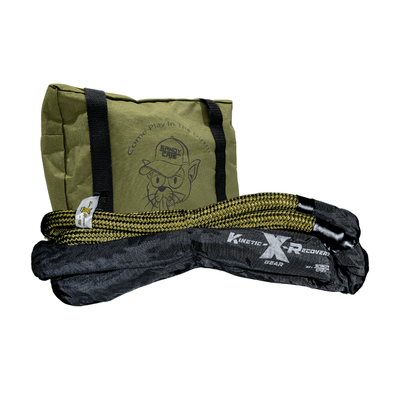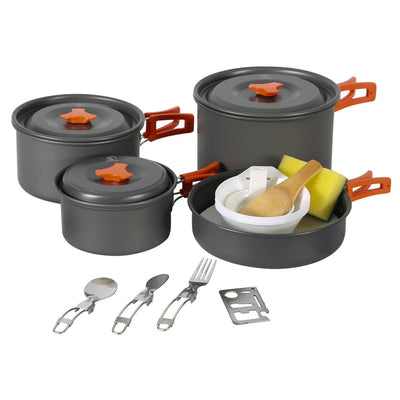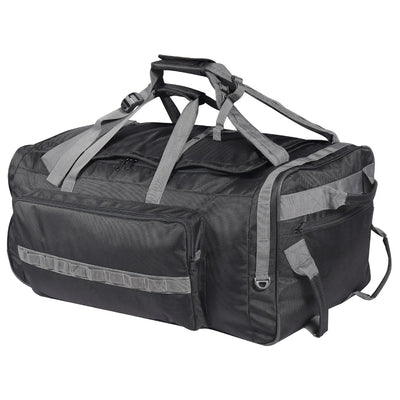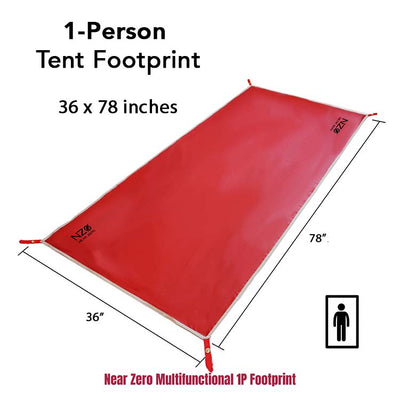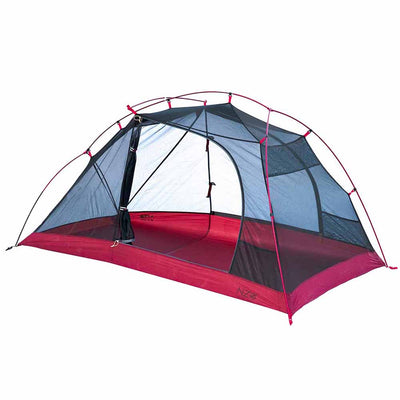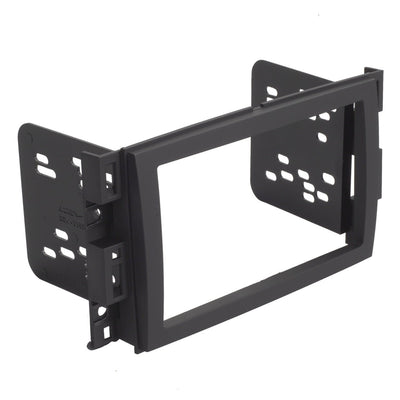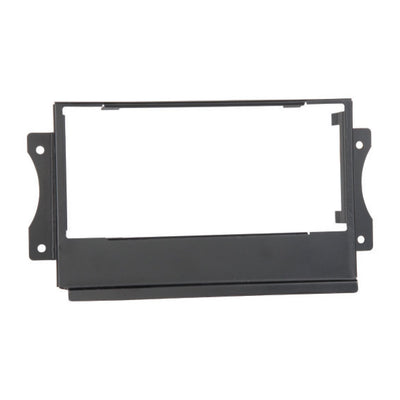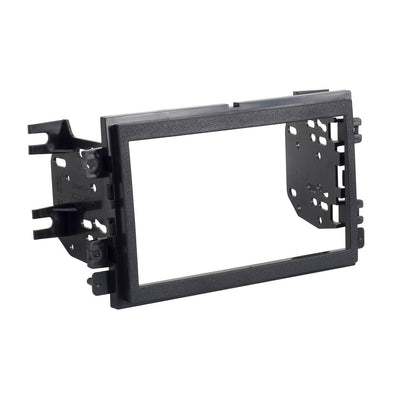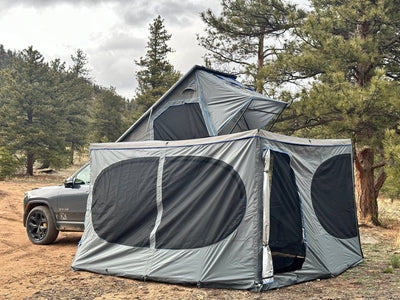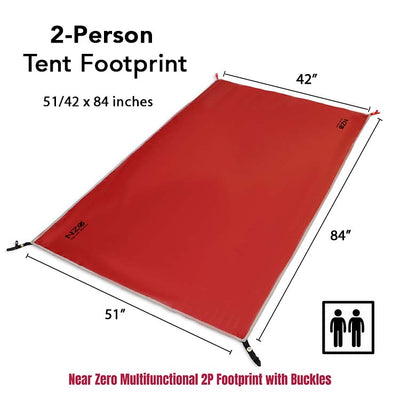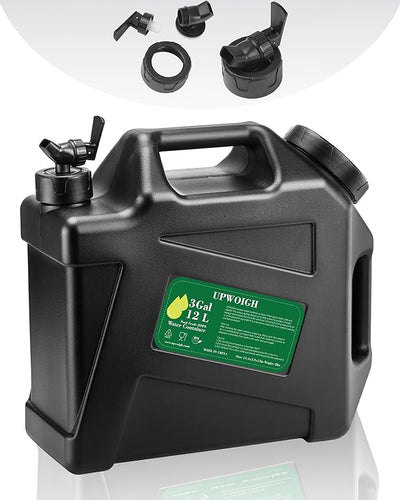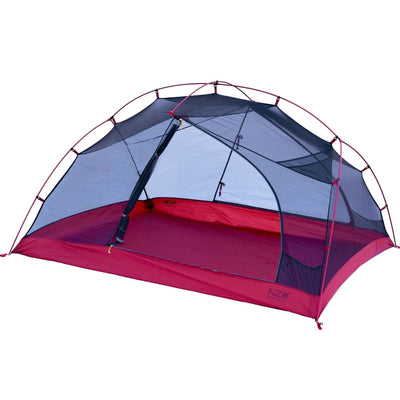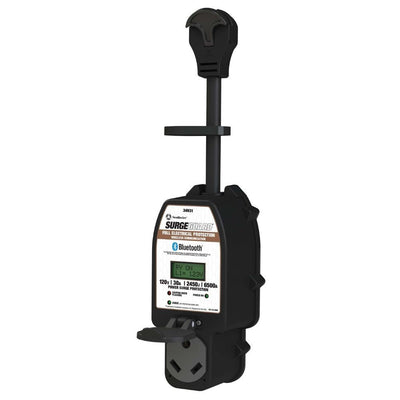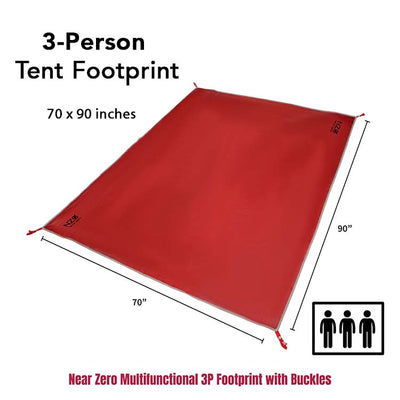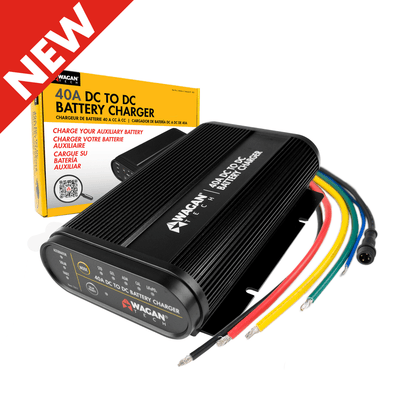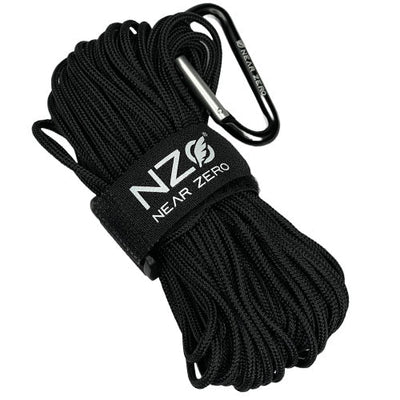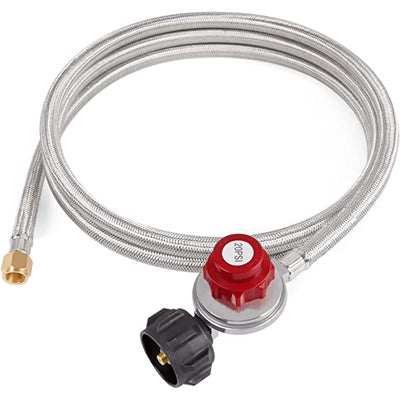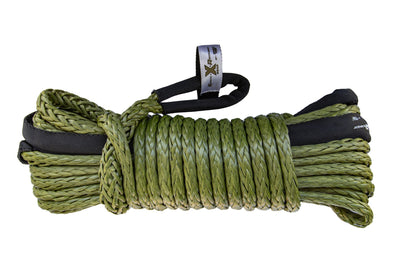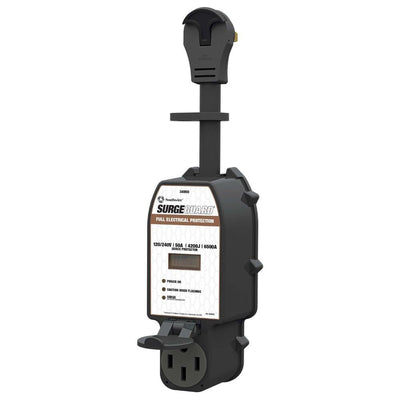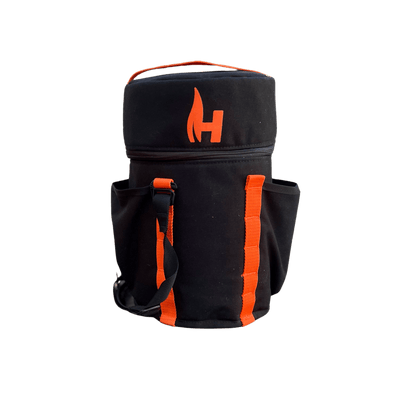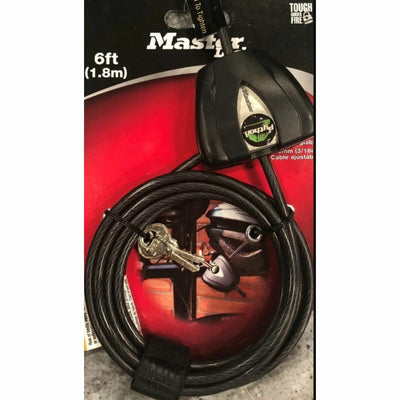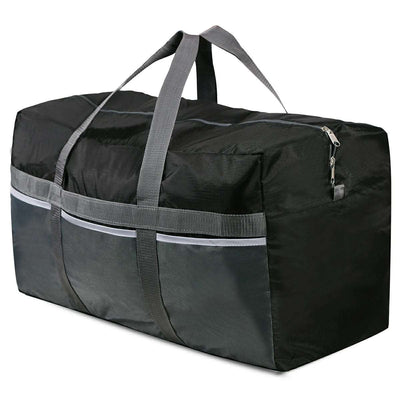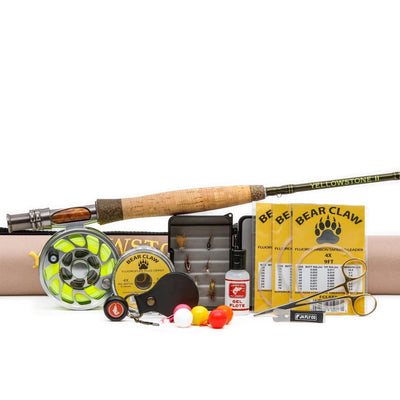The open road calls. The wheels hum beneath you, the horizon stretches boundless, and beside you sits your faithful companion, tongue lolling, eyes alight with wonder. To travel is to live, but to travel with a pet? That, my friend, is to truly embrace adventure.

Preparing for the Journey
A wise traveler does not rush headlong into the unknown without provisions, and neither should you. Your pet is not just a passenger; they are your co-pilot, your confidant, your furry (or feathered, or scaled) kindred spirit. Plan accordingly.
1. Documentation & Identification
-
Ensure your pet is microchipped and wears a collar with up-to-date ID tags.
-
Carry copies of vaccination records; some parks and campgrounds require them.
-
If traveling across state or country lines, research pet regulations in advance.
2. Comfort & Safety in Transit
-
Secure your pet during travel—seat belts, carriers, or travel crates work wonders.
-
Provide a familiar blanket or bed to soothe nerves.
-
Keep windows cracked for airflow but never let them hang out at speed (they may enjoy the rush, but safety reigns supreme).
Creating a Home on Wheels
An RV is more than a vehicle; it is a moving sanctuary. Your pet must feel at ease within its walls.
1. Designate a Pet Space
-
A soft bed in a quiet corner works best.
-
Use no-spill bowls for food and water (unless you fancy cleaning up an overturned meal at every bend in the road).
2. Routine, Routine, Routine
-
Feed and walk your pet at the same times each day.
-
Familiarity breeds comfort, and comfort leads to a peaceful, tail-wagging companion.
Navigating the Great Outdoors
The wild calls, but even the untamed landscape has rules.
1. Know Your Campsites
-
Not all campgrounds are pet-friendly. Call ahead, check restrictions, and be mindful of leash laws.
-
Some parks have designated pet areas—use them wisely.
2. Trail Etiquette
-
Keep pets leashed unless in an off-leash designated area.
-
Clean up after your pet. No one enjoys an unexpected souvenir on their hiking boots.
-
Be mindful of wildlife; your dog may think a skunk is a friend, but you will regret that meeting.
Weather & Health Considerations
The elements are as unpredictable as they are beautiful. Protect your companion from nature’s whims.
1. Heat & Hydration
-
Never leave your pet unattended in a hot RV. It is a metal oven in disguise.
-
Carry plenty of water and a collapsible bowl for hydration on the go.
2. Cold Weather Caution
-
Short-haired pets may need a coat or sweater.
-
Keep paws protected from ice, salt, and rough terrain.
Emergency Preparedness
The road is an uncertain beast. Be ready for its surprises.
1. First Aid Kit for Pets
-
Bandages, tweezers (for ticks), antiseptic wipes, and a digital thermometer should always be on hand.
-
Know the location of the nearest vet at each stop.
2. Travel Insurance & Emergency Plans
-
Some pet insurance plans cover travel-related injuries. Worth considering if you travel extensively.
-
Have a backup plan for emergency situations—know which hotels or shelters will accommodate pets if needed.
To travel with a pet is to share the journey in its purest form. The road is long, the sights many, and the companionship priceless. You will have mishaps, unexpected stops, and moments where you curse the very idea of a house on wheels—but in the next breath, as your dog watches a sunset with the same reverence as you, you will know it was all worth it.
So, pack the kibble, leash up, and go. Adventure waits for no one, but it is far better with a wagging tail beside you.










